Mable & The Wood presents itself with a different take on the whole “hero of the realm” archetype. You play as the eponymous Mable, a young girl with red, flowing hair, who drags behind a large and heavy sword that she clearly can’t wield. Indeed, even though the hair style might match, Mable is certainly no JRPG protagonist, effortlessly twirling a sword that might as well be a metal surfboard on a pole. Mable instead uses magical transformations and a little strategy or good aim to fly her ludicrous sword through the air in order to fight her enemies. The concept is appealing, as it inspires you to favor clever tactics and patience over simply mashing “attack.” It’s a shame that it ended up in a game like Mable & The Wood — for more than one reason.
In Mable & The Wood, monsters have begun rampaging. And of course, it is up to you to stop them and protect the hapless town folk. Mable is a pixelated, side-scrolling platformer with plenty of beasts to slay and simple puzzles to solve. As Mable, you’re basically about as threatening as a child can be. That is — until your foes see the massive sword dragging behind. You begin the game with one transformation: a fairy, which allows you to fly for short distances. As a fairy, you drop the heavy sword and float around your enemies. Using a dotted line as a guide, you then press a button to turn human again, which causes the sword to flit through the air, slicing enemies in half. But the fairy won’t be the only tool in your arsenal, even though it will be the one you return to most of all.
I have the powerrr!
There are many bosses to face in the game, and slaying them awards you with new powers. Every ability allows you to attack and traverse the world in different ways. For example, early in the game you’ll find yourself at odds with the Queen of the Woods, a giant spider burdened with an overwhelming urge to butt-stomp you into dirt. Killing her endows you with the spider ability, which allows you to turn into a small, green arachnid that can aim and fire the sword across the screen. It can kill enemies from a distance and, using a thread attached to the hilt, allow you to swing over the land in the style of some radioactive, spider-type person.
Your magic is finite, though. A yellow magic bar on your HUD, as well as a small wheel above Mable’s head, quickly drains once you transform. Turning human or collecting power drops from slain enemies are the only way to refill your magic.
Wingardium leviosblah
Some of the abilities are fun to learn and use, but beyond the initial two, many are practically useless. In your travels, you fight bosses to gain up to seven other powers other than the starting fairy. You’ll acquire the powers of a mole to dig through solid ground and a ghost to fly across the screen at high speed. But there aren’t many opportunities for the mole power. The ghost power is best left untouched. I can’t count how many times I attempted to use the ghost ability only to glitch into a wall. Other times, I went completely out of bounds and died.
The eagle power, which kills most regular enemies in one blow, is great at first… until you try and turn. An eagle in flight is often seen as graceful. But try it in Mable & The Wood and you’ll gracefully smack into a ceiling or directly into the death pit you’d very much like to avoid.
After all my experiments with the different powers of the game, I eventually gave up. There are eight abilities you can acquire, some of which are needed to access some areas not long after getting them. But after reaching said areas, I rarely employed any beyond the fairy. The game is inherently designed around its use, with ledges and gaps all at the necessary flight distance.
Clunk in the trunk
It’s not just the powers that have some bugs, however: Mable & The Wood has a lot of rattling under its hood. It’s remarkably easy to get stuck into random geometry, most times when you’re not even trying. Ending up in a box or corner that forces you to pop out somewhere else sounds like a good speedrunning strategy. But seeing it happen so often during casual play is particularly vexing, especially if your illegal box-melding interaction ends up popping you out of the area and killing you. The game also crashed after I jumped on a boat. I took it as a good excuse to take a break for my mental well-being.
Game physics can also be a pain. Often during combat, knocking an enemy with your sword sends it hurtling toward you. The distance it travels is hard to predict, and all too often the rebounding baddy will knock you straight into a pit — or into another enemy, which then knocks you into a pit. It’s worse in later levels with tight passageways lined by instant-kill traps. One mistake there sends you straight back to a checkpoint. The only relief is that checkpoints are found in every other room, which at least makes the return trip relatively short.
It doesn’t help that controlling Mable is such an effort. A controller is best suited to play the game, but you’ll still grumble trying to move Mable around. In flight, movement is stiff and rigid, often leading you to run into hazards by accident. Out of flight, Mable is agonizingly slow as she drags her ridiculous sword. I spent a lot of time fluttering over the environment as a fairy just to bump the pacing a little.
Performance is also on shaky grounds in Mable. Generally, the game runs smooth. However, in one instance where you’re being chased by a spike wall, the game chugs. At least the massive drop in frames allowed me to time my jumps more precisely.
Due punishment
Mable & The Wood is not too difficult of a game. As I said, checkpoints are everywhere, and they drop hearts if you’re low on health. There are areas late in the game that do ramp up the challenge. Rooms akin to Super Meat Boy test your movement skills as you hop across platforms while avoiding spikes and buzzing saw blades. Don’t fret too much, though; the game isn’t as punishing as SMB. But I still shook a fist or three at my ceiling after being bisected by a saw blade I couldn’t avoid.
Additionally, you can bolster yourself with potions and upgrades. On occasion, you may stumble upon a humble store with a seedy merchant. Using diamonds as the in-game currency, you can purchase health or magic potions for a boost. You can also find health and magic upgrades hidden in the far corners in some of the levels.
Boss fights become mundane once you learn how to cheese your way to victory. The spider power can fling your sword in the direction you aim. Tapping attack will send it at the speed of a machine gun, so all you need to do when faced with a boss is aim and fire. Whittling away a boss’ health bar this way does pave the way to a hollow victory. But if it’s acceptable in Dark Souls, then why not?
Happily never after
Bugs and other issues aside, what threw me for the biggest loop was the game’s story. From the onset, characters you meet in the game implore you to take up the sword and fight the ravaging beasts. And so you do, cutting down sloths, bats, owls, and massive, dangerous boss monsters. It isn’t until about halfway through the game that you start getting hints that maybe what you’re doing is wrong. Instead of saving the simple folk of the land, you might actually be doing the opposite.
Mable & The Wood actually includes multiple endings, two of which heavily depend on how you play. Killing monsters, believe it or not, will lead you to the bad ending. However, taking a more pacifist role will do otherwise. Does it lead to the good ending? Maybe, but I wouldn’t know. I got the “bad ending” in my run, all because I committed the sin of playing it like an action game. By the time I realized I was on the wrong path, it was too late; I was bound to choices I didn’t know I made.
It’s a bizarre dichotomy. Some games include a built-in morality system, but you generally understand the mechanic from the start. Mable & The Wood surprises you with it, thrusting you into a moral choice system without your realization.
The other ending can apparently only be achieved if you don’t kill enemies. Areas in the game are designed with this in mind. There are multiple paths, and proper exploration can lead you to where you need to go while circumventing boss fights. However, doing so won’t be walk in the park (or woods). Enemies are everywhere, and killing one by accident could mean having to start again.
Lost in the wood
Mable & The Wood started with a alluring tale and a clever idea behind combat. However, presentation and fundamental flaws keep this rough-cut gem from sparkling. These woods are too troublesome to venture; you’re better off staying at home.

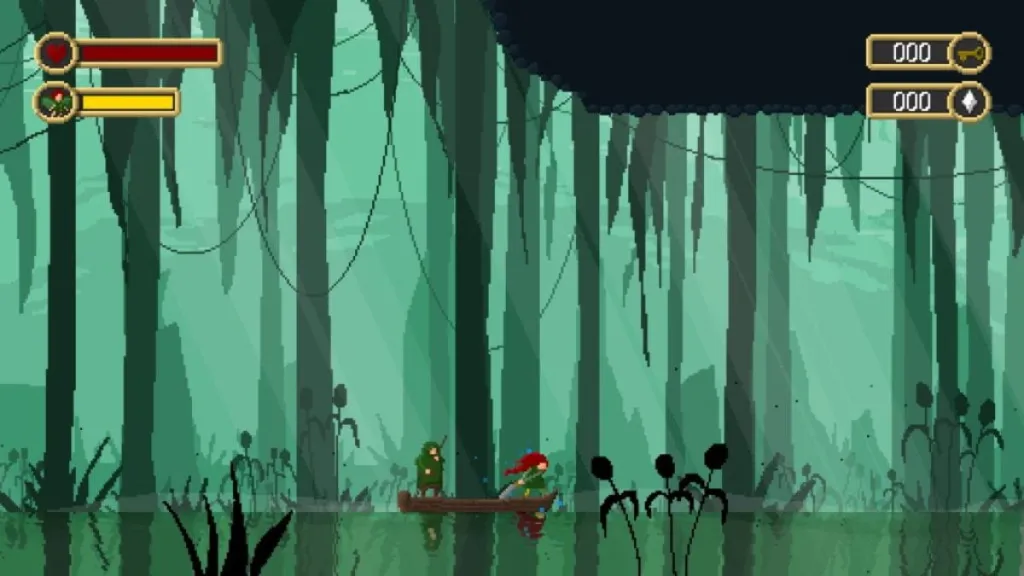
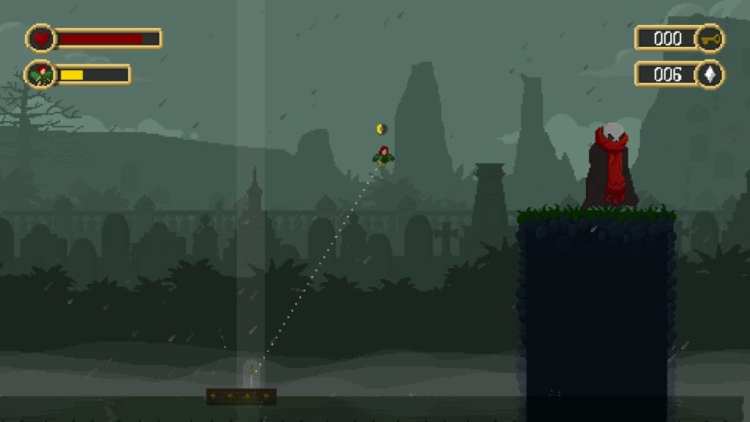
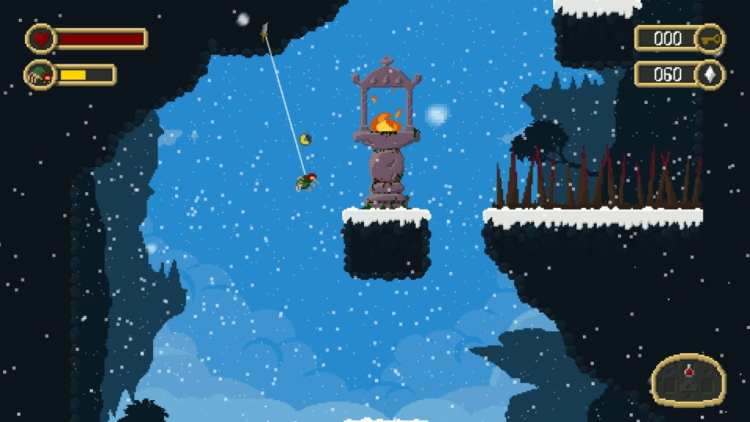
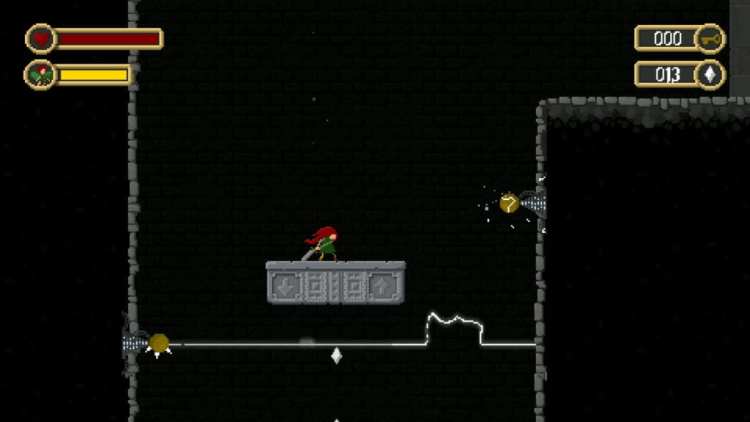
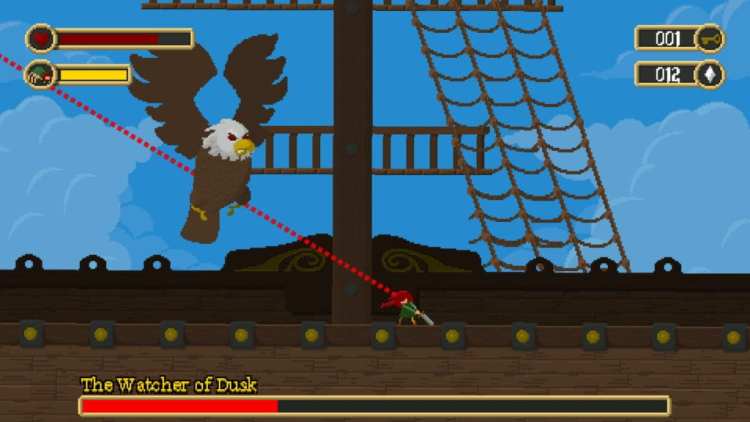
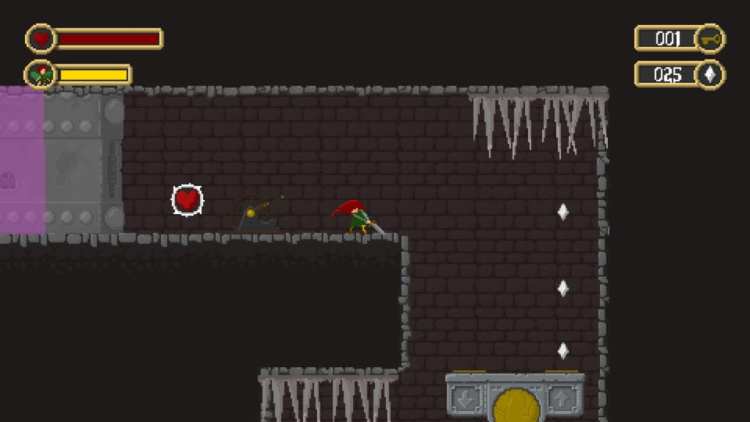





Published: Aug 22, 2019 03:01 pm